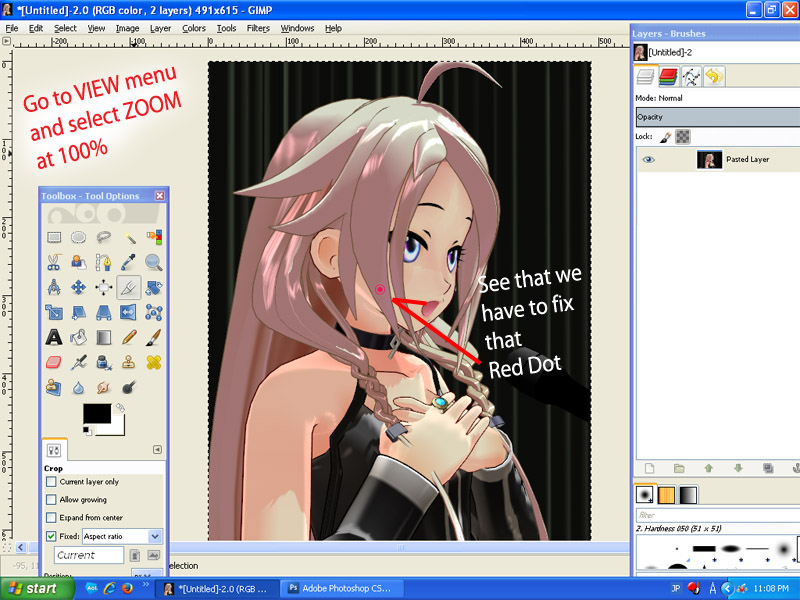
(*) The information displayed is generated/updated when the XCF is saved to disk, so for the latest info issue a File > Save (or File > Save as if you want to avoid an overwrite) before invoking the script. In your case the whole text would be inside the The text in has specific characteristics, the text outside uses the defaults. Browse the categories, then change the fonts, and colors. Preview text See this font in action: Pick from our logo categories. This tutorial will show you how to download a cool font from. Download Luckiest Guy font or use it online to create hundreds of different logo styles. In the first line you can see that some of the text is bracketed with. To make a TTF or OTF font accessible to GIMP in Windows 10, make sure it is installed properly. You will get something like(*): Text layer "AAAAAA": (markup "AAAAAA") Once installed and Gimp restarted, right click on your text layer, and select "Show text information" (bottom of the popup menu). If you feel technically inclined, there is a way to check which part(s) of the text are no longer using the defaults: install the text-info-0.1.py script that you'll find here(see bottom of page for installation instructions). So what can happen is that all your existing text is really disconnected from the defaults and changing the Tool options doesn't change it, while new text that you enter is associated with the defaults and then uses the font that is set there. You have changed some characteristic of the letter: the letter is now "disconnected" from the defaults, it will not change if you change the tool options, it can only be changed using the on-canvas widget.įor instance, if I change the Tool options to Alphaville Bold, this will only change the outer pairs of AA:.The letter is then associated with the default characteristics, and if you change these in the tool options, the letter will change accordingly.
:max_bytes(150000):strip_icc()/01-how-to-add-inner-text-shadows-in-GIMP-c5128c456b7d4cce83f873eb872c7124.jpg)

While editing text, in the on-canvas text widget:.The defaults as set in the text tool options:.In the Tool Options panel, you’ll see all the various typographic options that GIMP provides (or at least, most of them).In Gimp since 2.8, there are two ways to control the text characteristics (fonts, size, kerning, spacing.): If you haven’t already switched to the Text tool, switch now using the toolbox or the keyboard shortcut T. Save yourself the time and just set things up using the Tool Options first! Changing Fonts Using the Text Tool Options It’s faster to use the popup, but things can quickly get frustrating because GIMP prioritizes the settings from the Tool Options panel and sometimes simply resets any changes you’ve made in the popup. There are three ways you can change fonts in GIMP: using the Tool Options panel, using the Fonts panel, or using the Text tool popup overlay that appears when you create a text box in your image. While it’s not exactly difficult to change fonts in GIMP, it’s not nearly as easy as it should be. If you’ve explored any of my other tutorials about typesetting in GIMP, you might already know that the Type tool can be frustrating to work with – or maybe you’ve found out the hard way. GIMP will use your installed fonts without any additional setup, although you can set certain fonts to only work within GIMP if you’d prefer (though I can’t see why that would be necessary). To use a specific font in GIMP, you don’t need to do anything special – as long as it’s already installed in your operating system.


 0 kommentar(er)
0 kommentar(er)
